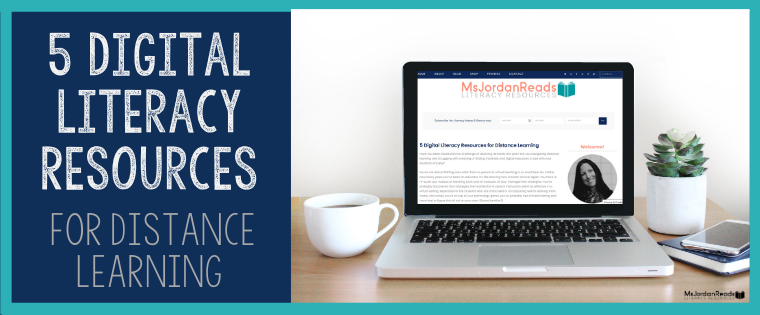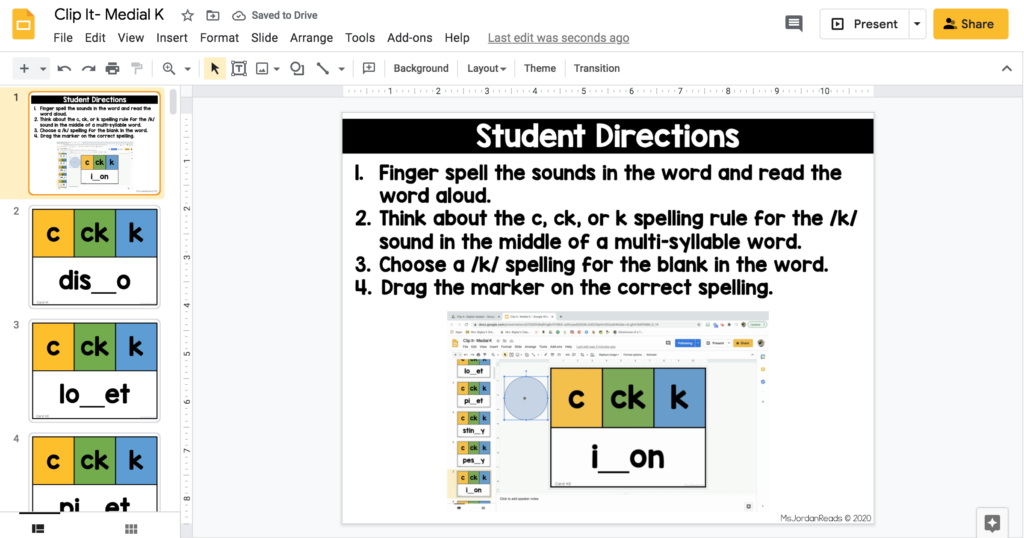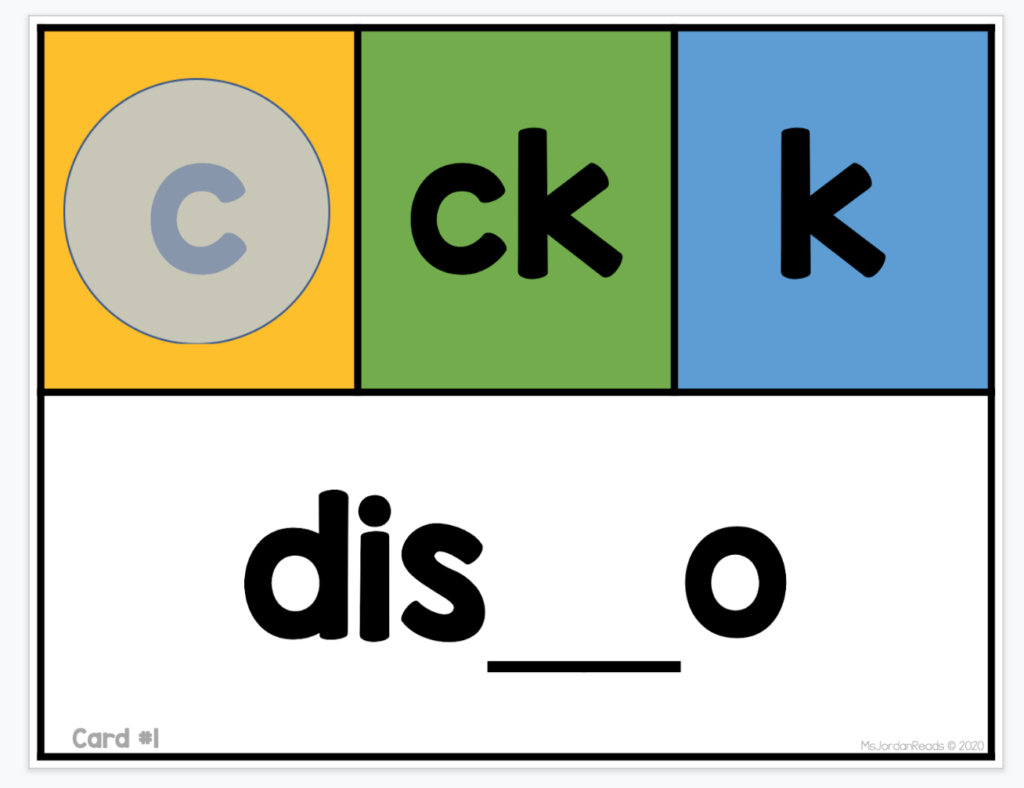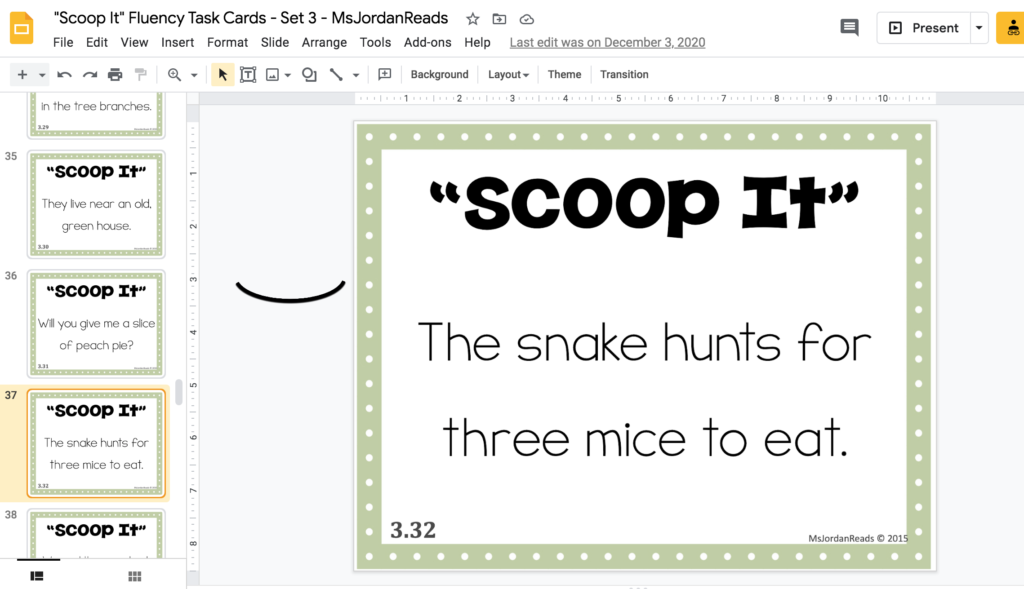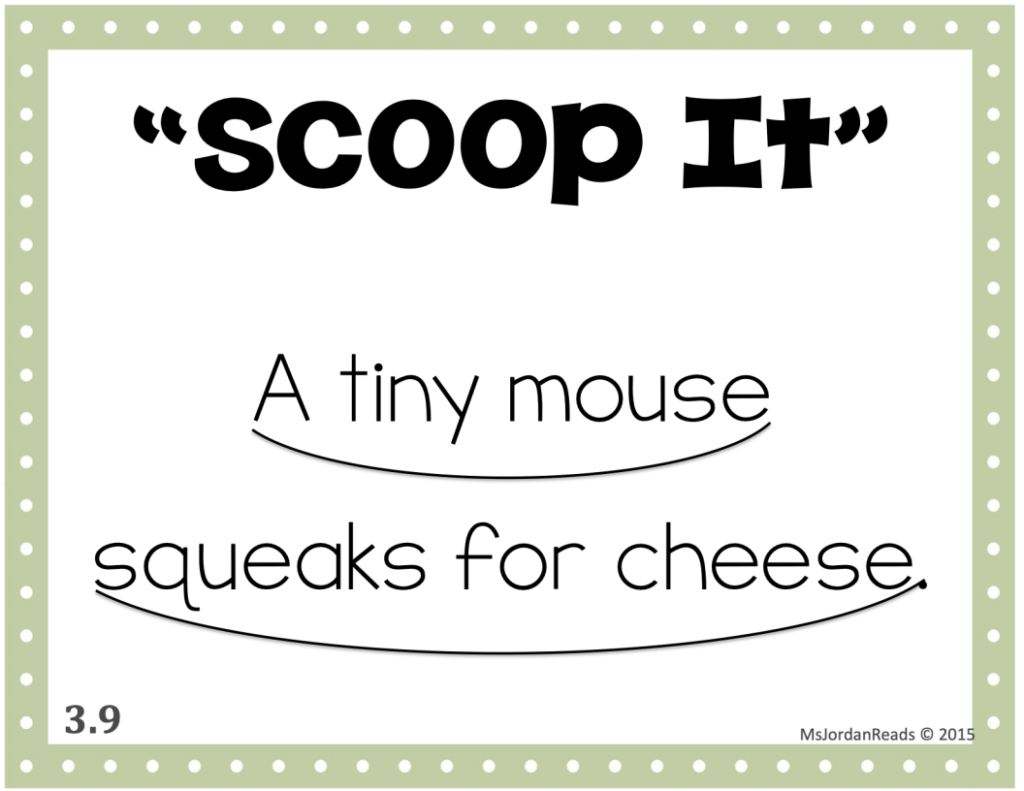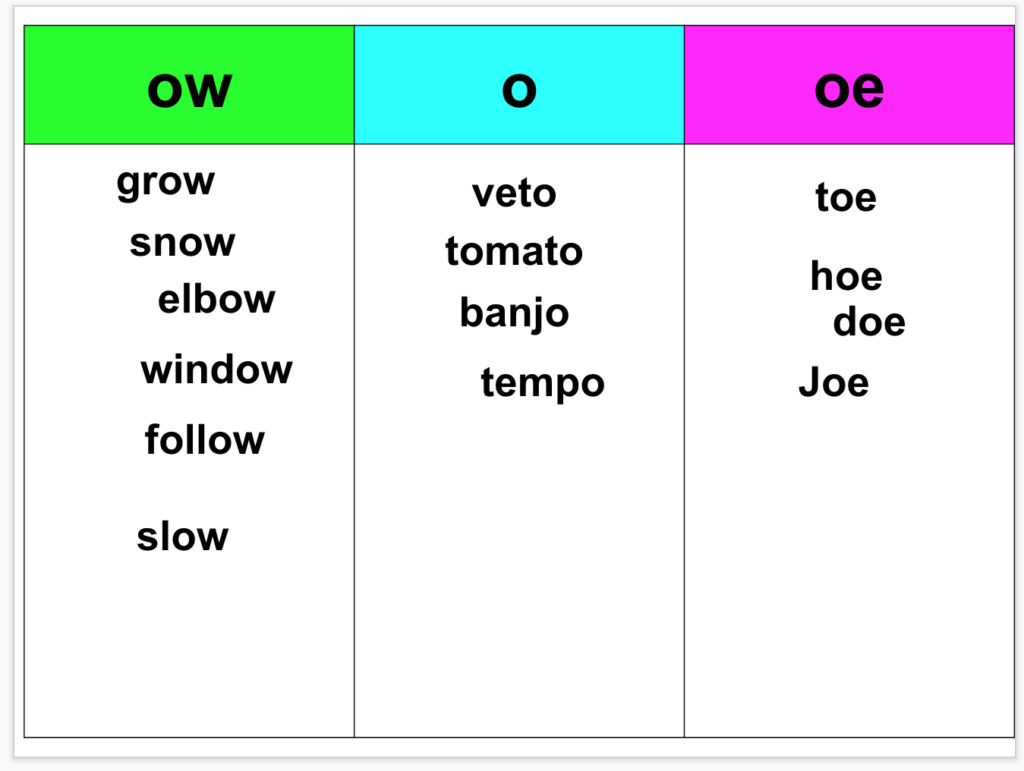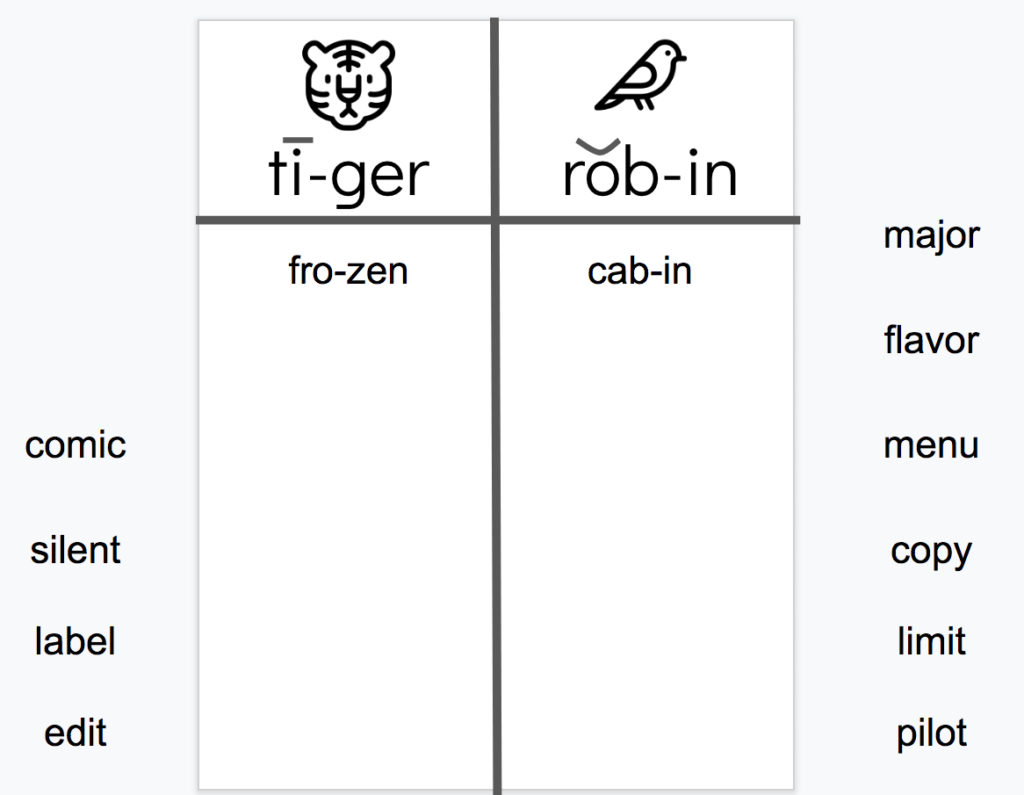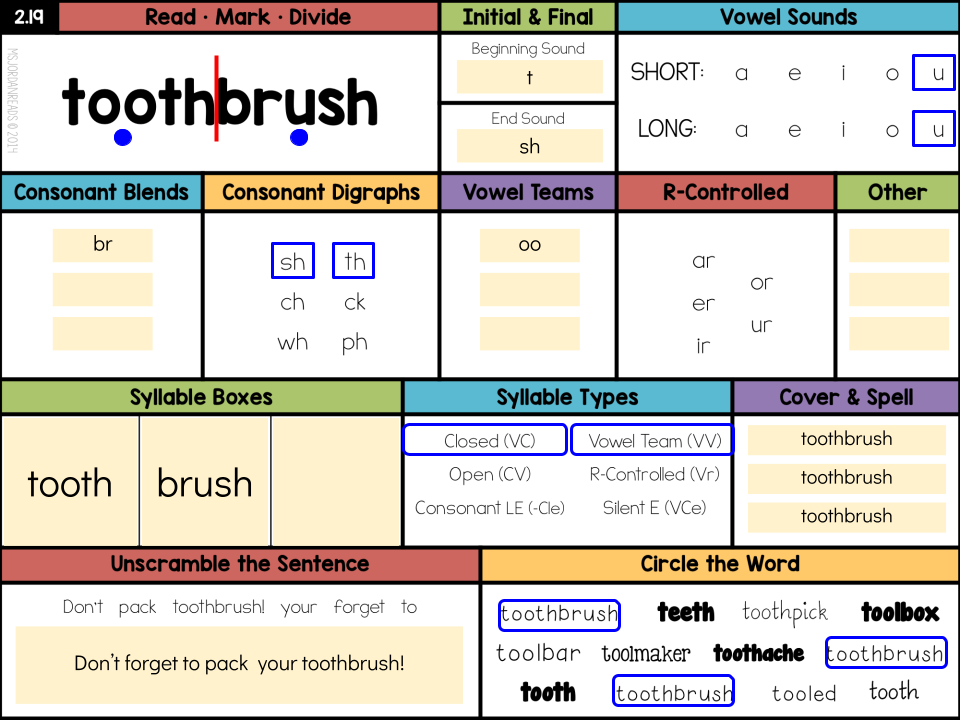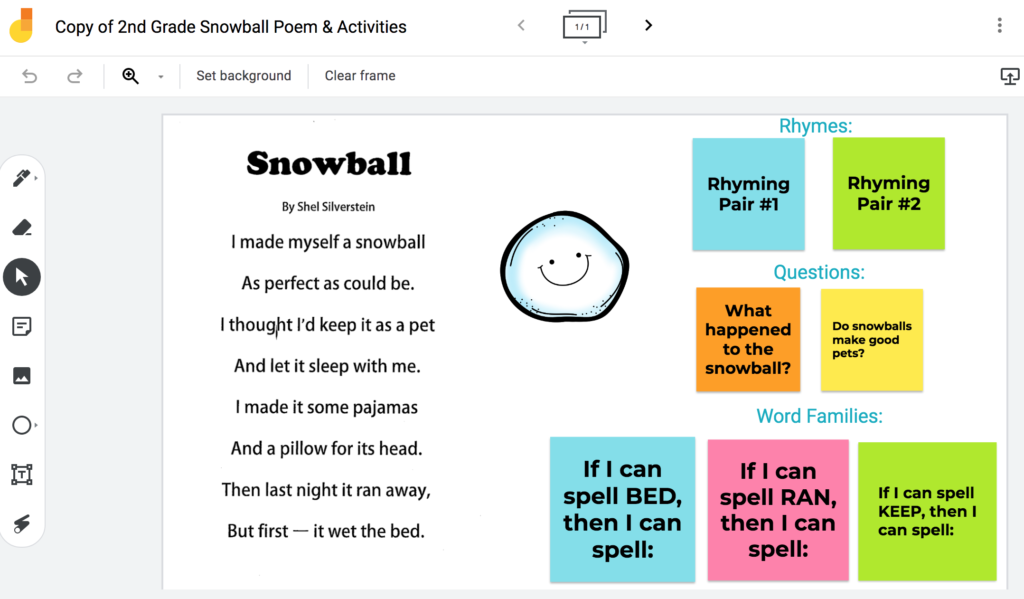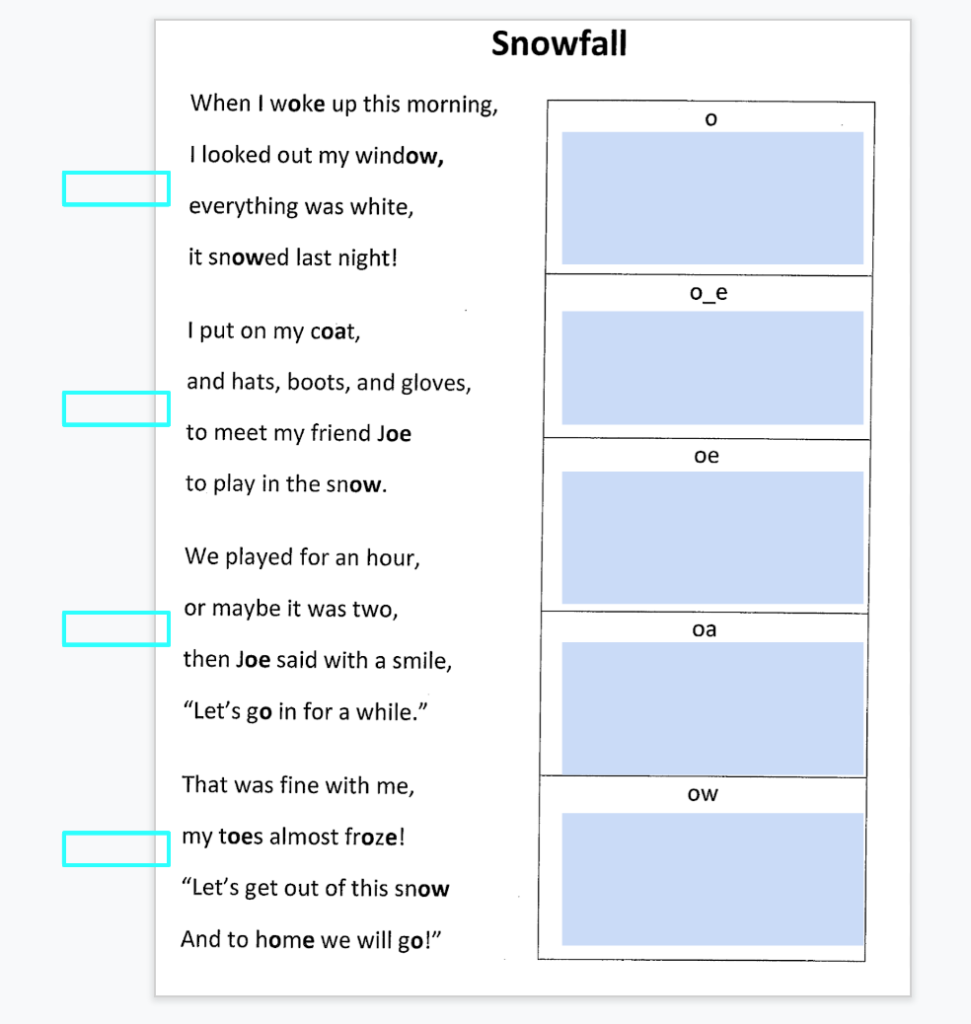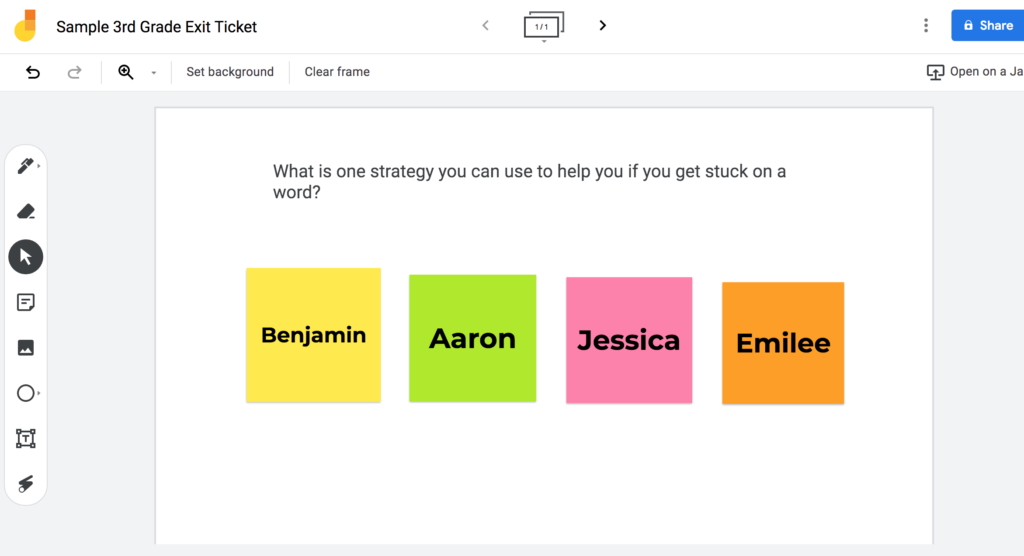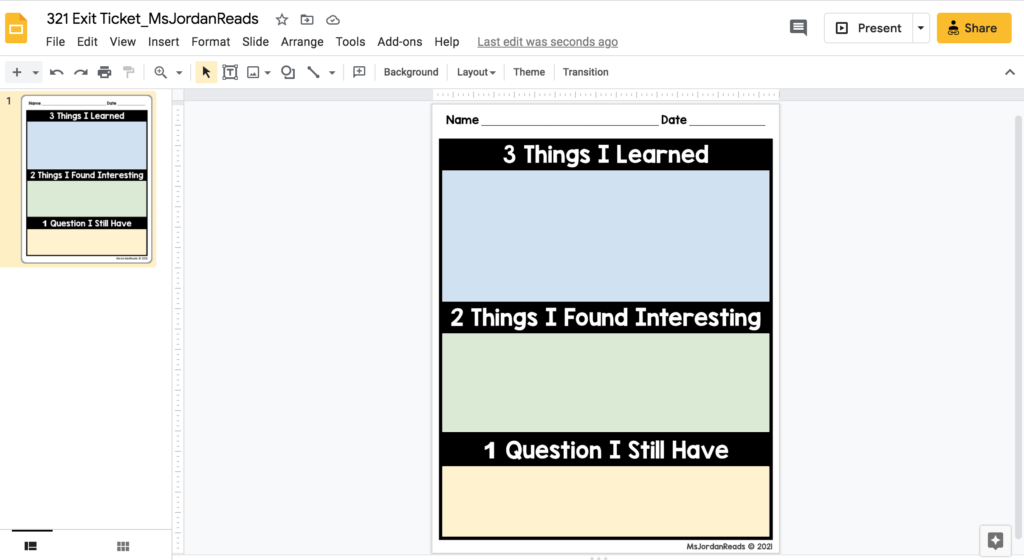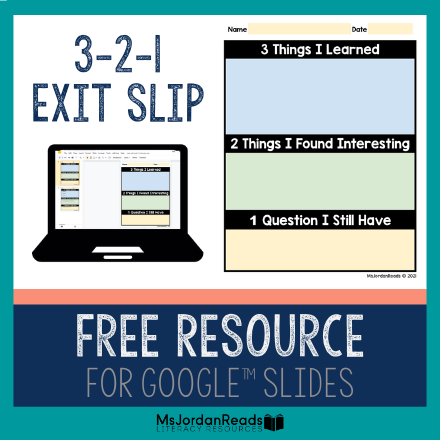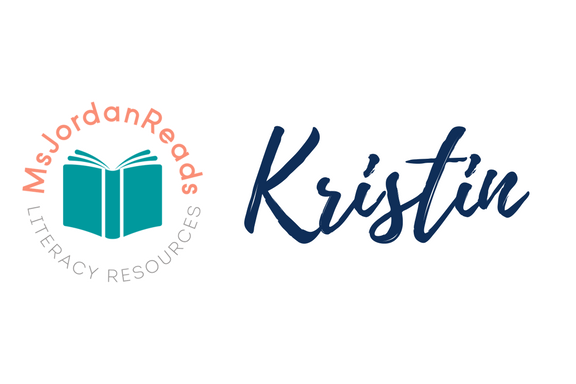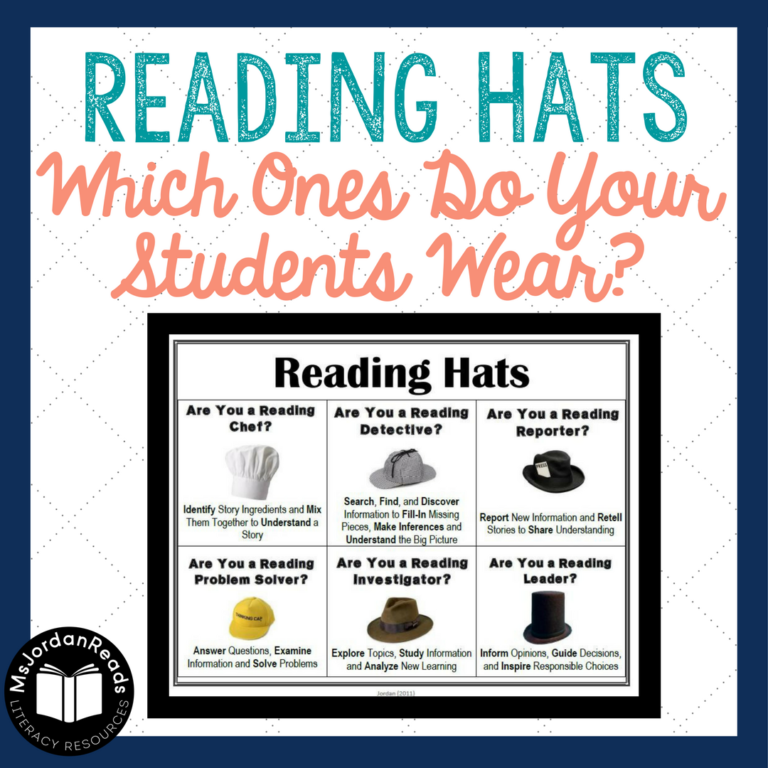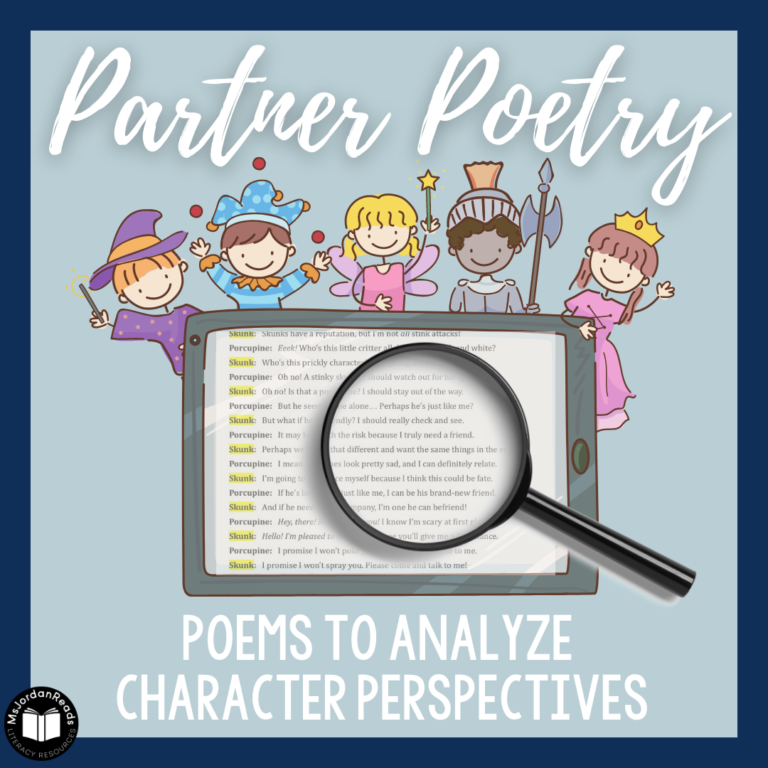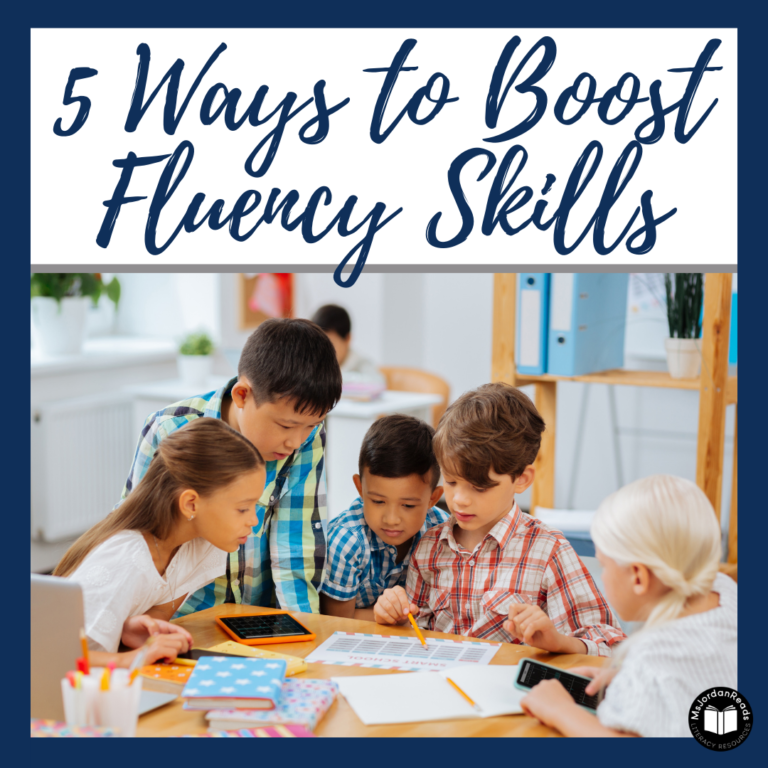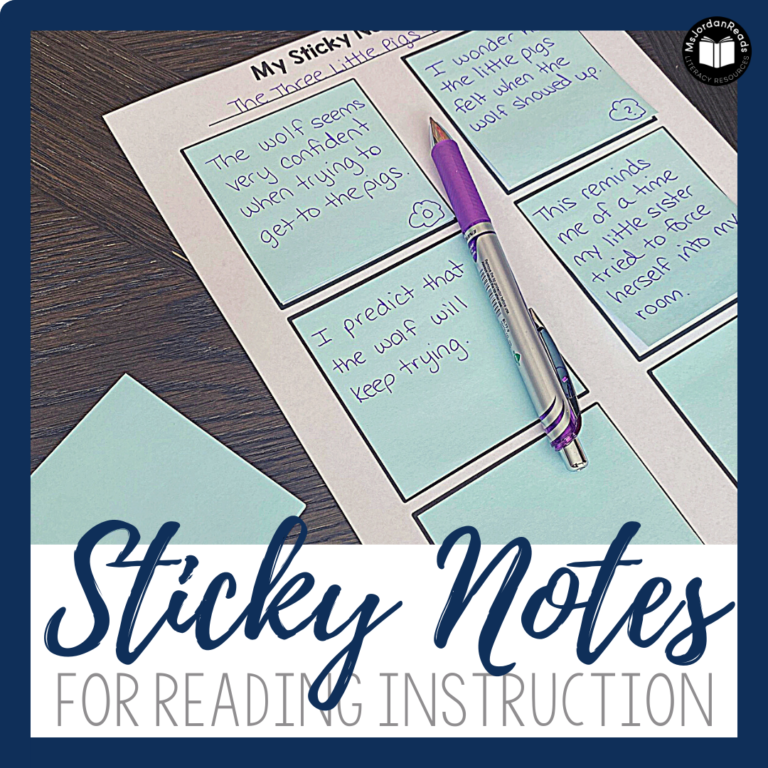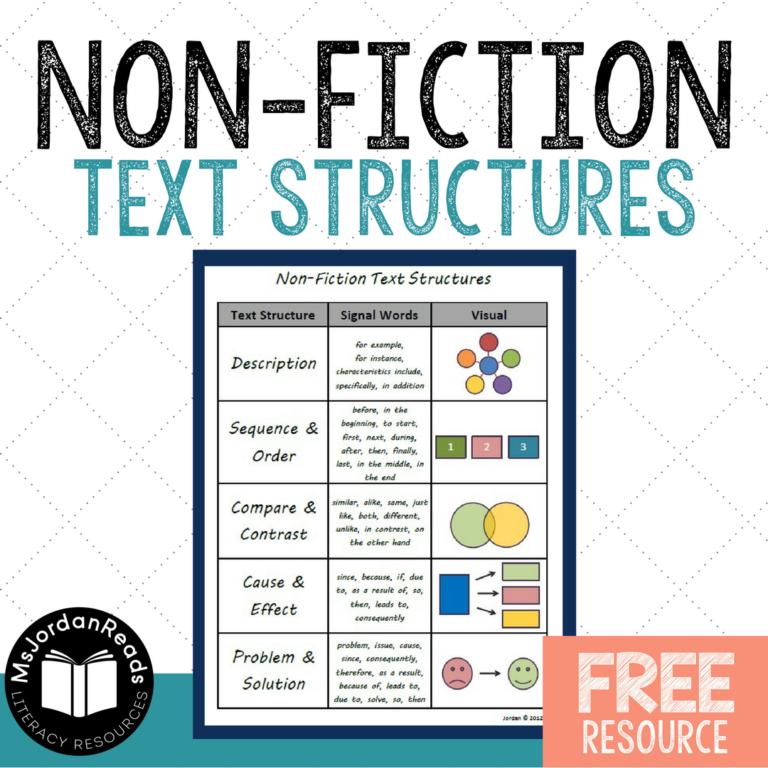5 Digital Literacy Resources for Distance Learning
Have you been faced with the challenge of teaching remotely this year? Are you navigating distance learning and struggling with creating or finding materials and digital resources to use with your students virtually?
You’re not alone! Shifting instruction from in-person to virtual teaching is no small task. No matter how many years you’ve been an educator, it’s like learning how to teach all over again. You have to re-build your toolbox of teaching tools and re-evaluate all your management strategies. You’ve probably discovered that strategies that worked for in-person instruction aren’t as effective in a virtual setting, especially for the students who are unfocused or not adjusting well to learning from home. And unless you’re on top of your technology game, you’ve probably had limited training and have had to figure this all out on your own. (Sound familiar?)
As a Literacy Specialist, I’ve had to completely overhaul my reading program. Even as a tech-savvy teacher, I was completely overwhelmed. I will say it’s gotten easier with each month, and I’ve spent the past six months recreating literacy resources to work for my virtual groups and learning how to use various technology tools effectively with my struggling readers. My goal is to share some tips, strategies, and digital resources with you so that you can add to your virtual teaching toolbox. So, let’s dive into some of the digital resources that are in my digital literacy toolbox!
1. Digital Task Cards
I always think of task cards as printable, laminated activity cards that can be used for independent tasks in literacy centers or small groups. As a reading teacher, I typically use task cards for warm-up activities at the beginning of my sessions or as a “quick check” at the end; however, I’m realizing task cards can 100% be used digitally!
I recently updated my Clip-It and Scoop It cards to include digital versions so that they can be used in Google Slides. The page layout is one to a page (vs. four to a page on the printed resource). Instead of a clothespin that students use with the printed Clip-It cards, the students use a digital “chip” that can be moved to mark the correct answers. For the Scoop It cards, students can drag and drop the scoop lines to add their own scoops to sentences. Now, I can use these digital task cards as warm-ups for my reading groups during my virtual sessions, or I can assign a few slides from each set for independent practice or as a “quick check” on Google classroom.
2. Digital Word Sorts
Digital word sorts are a great way for students to “show what they know.” You can use these for phonics, grammar, and vocabulary. Students can drag and drop words from the slide or margin to sort the words into correct columns. Students can also just use a word bank and type the words into the correct columns using editable text boxes. (NOTE: I like to use the margins since all of my students are working on Chromebooks and it’s easy to see. I put the words on the slides if students are using iPads since the view looks a little different when you use the Google Slides app.)
3. Digital Word Work Mats
I incorporate a lot of word analysis into my small group instruction, which involves coding words, identifying phonemes and graphemes, syllable division, and developing recognition of common spelling patterns. This year, with having to teach Orton-Gillingham in virtual intervention groups, I started using my Daily Phonics pages and a new Phonics & Spelling Word Work Mat. I like the the word work mat can be used with ANY words, so I’ll sometimes use it as a tool for pre-teaching words in the texts we are reading, extra reinforcement for spelling patterns we’re learning, or for error correction when applying phonics to student writing.
4. Digital Poetry
Poetry has always been a big part of my decoding and fluency intervention groups. I have weekly virtual Wednesday groups with a lot of my fluency students, so we focus on a “Poem of the Week” using Jamboard or Google Slides. Sometimes I’ll even use the Kami (Google Chrome extension) with a PDF for students to highlight, annotate, and record their voices reading the poem as an independent assignment on Google Classroom.
Jamboard Poetry
Jamboard has been a great tool for group sessions because the whiteboards are “live” documents and every student can interact with it simultaneously. I typically add the poem as an image and have text boxes or sticky notes ready to go for the students to share their learning. The students can highlight words from the poem and can show their understanding in assigned sticky notes. Often the students work on the same group page, but sometimes I duplicate a page and each students will have their own assigned page to interact with. I duplicate pages a lot for poetry visualizing or if they need to complete comprehension questions.
Google Slides Poetry
Google Slides are wonderful because you can embed PDF’s as background images and then just add text boxes or interactive elements to each slide. Similar to Jamboard, students can collaborate on the same slide or they can have their own slide within the shared document; however, it’s not as easy to annotate or quickly highlight the text. If students need to answer questions or complete graphic organizers, there are more options to type your own text and drag and drop elements.
Each week, I like to have my students read a poem and then find the rhyming words, go on word hunts for specific phonics patterns, or hunt for descriptive/figurative language. I like the the text can be embedded and the students aren’t accidentally moving around the poem or editing the slide. Sometimes I will download the completed slides as a PDF or image and upload to Google Classroom for students to review and use for fluency practice. Usually I upload the “live” working document, though, so students can continue working on the activities independently at a later time. (TIP: When making the Google Classroom assignment, you can make a copy of the resource for each student so they’re not interfering with each other’s work!)
5. Digital Exit Tickets
I love using Jamboard and Google Slides for exit tickets at the end of a lesson. This is a great way to check for understanding before wrapping up a virtual session. For example, students can record their new learning on individual sticky notes in Jamboard or can complete a quick 3-2-1 graphic organizer in Google Slides. If I run out of time, sometimes I’ll upload the exit slip to Google Classroom as an assignment for the students to complete and turn-in later. (Want a copy of the 3-2-1 chart I use? Grab a FREE copy of the digital version for Google Slides at the bottom of this page!)
FREE Digital 3-2-1 Exit Slip for Google Slides
DIRECTIONS: Click the image below to grab your free digital copy of the 3-2-1 exit slip for Google Slides. The link will direct you to make a “forced copy” of this digital resource and save it to your Google Drive.
IMPORTANT: Please make sure you are logged into the account you want you want this resource to be copied to or you will run into access issues when you upload this resource to your Google Classroom. Also, be sure to create your OWN copy of this resource within your account before sharing with your class or your students will also have access issues.

